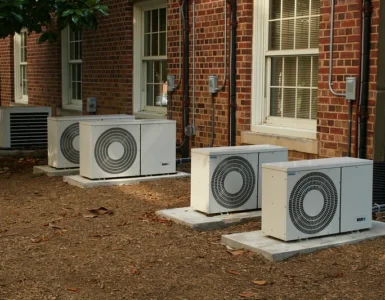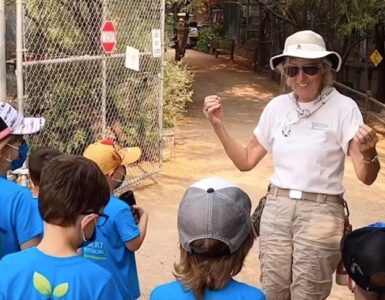Some of Arizona’s most scenic and fun spots are feeling the test of time. Decades of tourist love are stressing the region with traffic, pollution and noise.
Local groups, state leaders and industry are focused on ramping up efforts to protect regions in northern Arizona that rely heavily on tourism. Areas like Sedona, Oak Creek and Slide Rock must be maintained and managed so visitors can continue to enjoy them, said Lori Singleton, president and CEO of Arizona Forward, a non-profit organization that leads and drives efforts to protect the co-existence of nature and industry.
“This is an important topic for Arizona,” Singleton said. “Arizona’s natural environment in our northern region is a global attraction. The more people we accommodate each year, the harder it becomes to manage the effects of visitors traveling in and out of the region.”
Recently, Arizona Forward hosted a luncheon to bring together tourism, government and tribal officials, industry, and educators to discuss and collaborate on sustainable tourism.
The event is one of many initiatives to address the escalation in visits in recent years. Speakers included Becky Blaine, Deputy Director of the Arizona Office of Tourism; Jonathan Nez, President of the Navajo Nation; Joanne Keane, Executive Vice President at Northern Arizona University’s Office of the President; and Heidi Hansen, Flagstaff Economic Vitality Director.
Speakers from industry were Michelle Conway, Director of Marketing, Sedona Chamber of Commerce; Oliver Adams, Director of People and Culture at Mother Road Brewing Company in Flagstaff; and David Perkins, Sustainability Director, Grand Canyon area, for park and resort management company Xanterra, that manages six hotels in the Grand Canyon area including El Tovar Hotel, the Grand Canyon Railway & Hotel and the Grand Hotel.
Overtourism can be fixed
Overtourism is a problem communities are confronting globally. New approaches are being used to better manage beloved sites.
New York City has banned commercial tour guides from areas near the Statue of Liberty and Ellis Island National Museum of Immigration.
Machu Picchu, Peru officials introduced a strict new ticketing system In January. Tickets are limited to four hours with no re-entry.
In Paris, the Louvre shut down in May when staffers striked over deteriorating conditions from a back-breaking and record-number year in 2018 with 10.2 million visits.
Staying ahead with long term solutions
Arizona, too, is seeing blockbuster numbers. More than 45 million tourists visited Arizona last year, filing state coffers with $1 billion in tax revenue, according to the Arizona Office of Tourism. Tourists supported about 200,000 jobs and $7.4 billion in earnings for Arizona workers.
Last year, Grand Canyon National Park welcomed a record 6.3 million visitors, according to the National Park Service. Visitors spent $947 million in communities nearby, supporting 12,558 jobs with a cumulative benefit of $1.2 billion to the local economy.
Agencies and communities have been implementing sustainability measures and plans as the pressure mounts with record breaking visits and climate change.
In Sedona, more than 3.5 million people visited last year to enjoy the red rock views and the Chapel of the Holy Cross. Transportation is a key issue in the region with packed highways and roadways.
“Just looking at traffic alone in Sedona, visitors comprise 75 percent of our weekday traffic and 82 percent on the weekends,” said Jennifer Wesselhoff, president and CEO of the Sedona Chamber of Commerce and Tourism Bureau that just completed a Sustainable Tourism Plan to “place Sedona ahead of the curve.”
The Plan offers recommendations on transportation alternatives, new roads and pathways, marketing strategies and education outreach to encourage proper use of sensitive natural areas, and measures to manage visitors better during peak seasons.
“Over tourism happens when destinations respond too late to challenges,” Wesselhoff said. “The plan will create balance for the quality of our environment, the local economy, resident life and the visitor experience.”
















Add comment